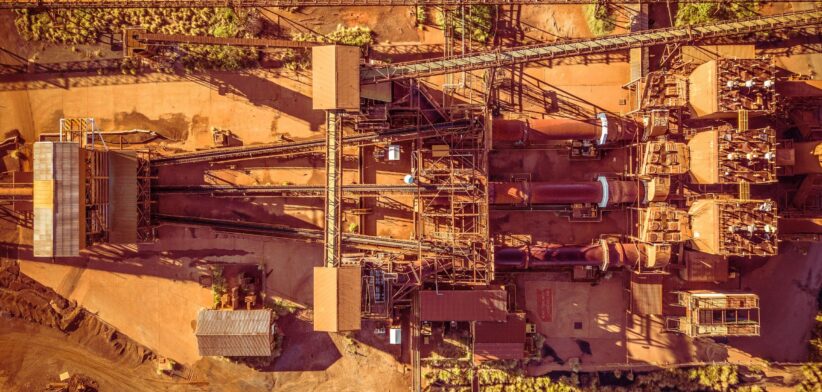A project to map how microorganisms interact with minerals could pave the way for the sustainable mining of critical elements.
An international research team led by scientists at Cornell University, in the United States plan to create a “microbe-mineral atlas”, which would catalogue microorganisms and genes and how they interact with minerals.
Assistant Professor Buz Barstow said it was an important step toward using synthetic biology to build genetically engineered microorganisms useful for mining critical metals.
Assistant Professor Barstow said traditional technologies to extract metal from ores caused extreme environmental impacts.
He said biomining, which uses microorganisms to dissolve minerals and to separate and concentrate metals, was a sustainable pathway for mining the likes of gold and copper.
“But no known microbes are suitable for biomining energy-critical metals at a commercial scale.”
He said critical elements such as copper and nickel, and rare earths such as neodymium and dysprosium, were key ingredients for carbon-neutral renewable energy technologies, but obtaining and refining these materials was challenging, especially from low concentration minerals.
“The atlas will look at microorganisms in geological environments and figure out what genes are there and what they’re doing.
“But then there’ll be this oracle aspect of it, where it will tell you what you have to do, what genetic engineering you need to do to make those microbes better at accelerating weathering, so we can get critical elements from minerals.”








